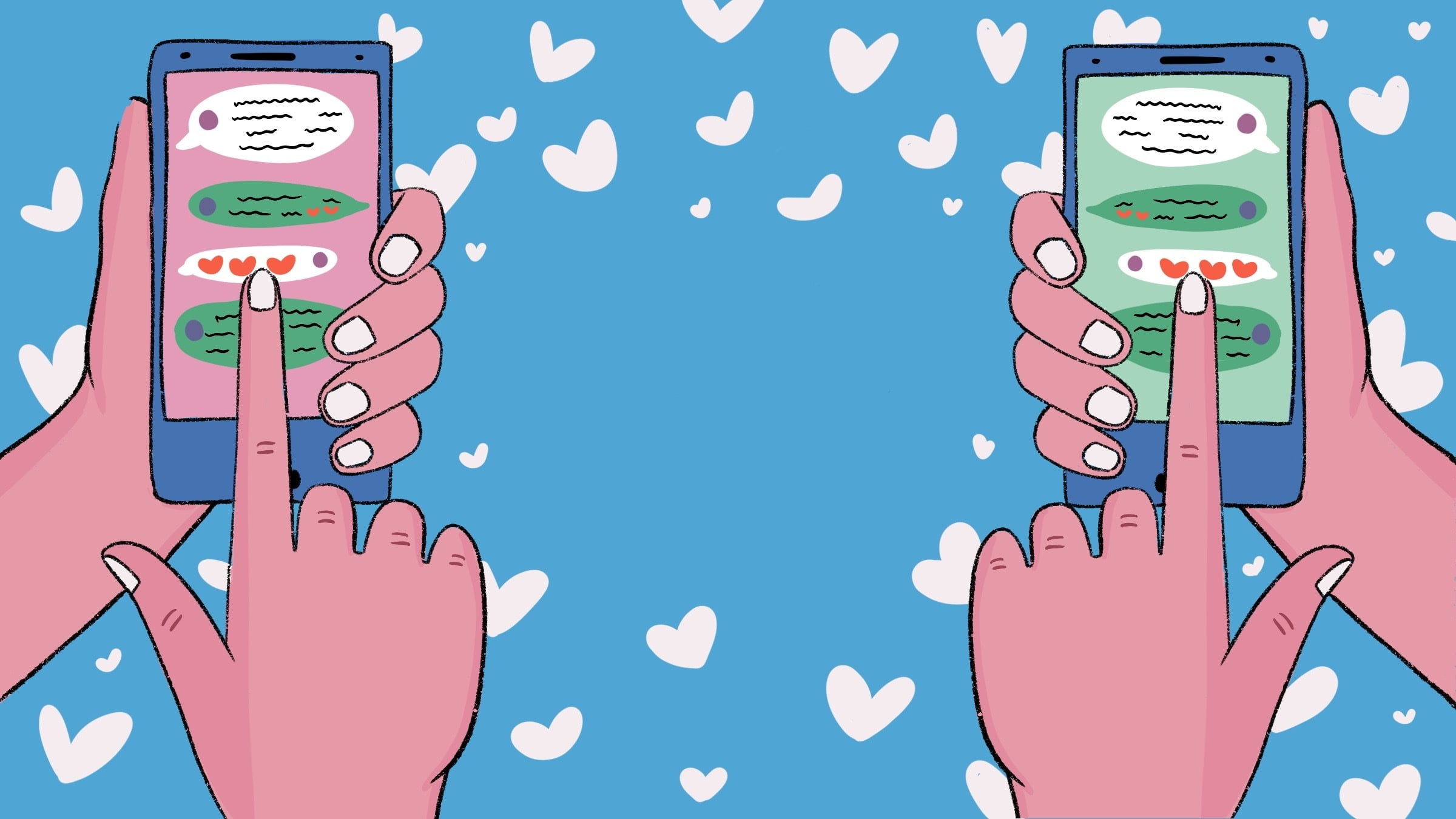It may seem like just yesterday when dating apps such as Tinder, Bumble, Grindr entered the Indian market. But according to a report in Forbes India, the online dating industry here is worth over ₹2,394 crore (USD 323 million) now, making it the third largest revenue generator, after the US and China.
Now a part of the landscape, there’s another market that dating apps in India are gradually tapping into: the LGBTQIA+ community. A survey conducted by YouGov India in 2019 revealed that ‘a third of LGBTQ+ Indians met people for dating or friendship digitally’. Tinder India was quick to introduce 23 options under the gender category other than ‘man’ and ‘woman’ to be ‘more inclusive and gender-sensitive’ in November 2018, only two months after Section 377, a law that criminalised consensual homosexual sex, was scrapped. Through marketing as well, dating apps have promoted inclusion.
The other side of it: Harassment and transphobia
Nonetheless, LGBTQIA+ users face harassment and transphobia on these apps. Avinash*, a 21-year-old gay man and a former user of Tinder, Grindr and Blued, shares that apart from receiving persistent unwanted advances, he was also catfished on Grindr. When his friends contacted relevant authorities, they found the process slow and the officials uncooperative. “I am not out to my family. I am not out to the society and it was getting very close to me going to them and talking to them about the situation and having my information disclosed. We had to stop,” Avinash says. As for Grindr, he says the company’s policy terms do not in any way “hold itself accountable”, and through its community guidelines “only tells people what to do and what not to do”. Grindr was invited to comment on the user’s experience but has not yet responded.
Julie*, a 28-year-old non-binary, former user of Tinder, OkCupid, Hinge, and Bumble, questions how inclusive dating apps actually are. She explains that trans people’s profiles are often mass reported by cis-users and dating apps then take down their profiles. “I was using Bumble and my account was restricted. I wasn’t able to verify the picture that I had taken with how I was looking, because of the changes I was going through with Hormone Replacement Therapy (HRT),” Julie says. When she raised the issue of transphobia and the problems trans and non-binary people can face with the verification process, the company initially appeared responsive, but after Julie replied, the conversation “didn’t go anywhere”, she says. When asked for a comment, a Bumble spokesperson highlighted the company’s updated terms and conditions that explicitly ban body shaming—which includes language that can be deemed fatphobic, ableist, racist, colorist, homophobic or transphobic.
Also read: Rethinking Online Dating: How Many Of Us Can Afford To Fall In Love?
To be online or not to be: Data privacy issues
More concerning still, perhaps, are privacy issues. Last year, the Norwegian Consumer Council raised concerns about dating apps leaking personal information to tech company advertisers—in possible violation of European data privacy laws. Commenting on this, a Tinder spokesperson says that the company only shares the specific information deemed necessary to operate their platform with their service providers, “in line with the applicable laws”. Tech2 also reported that due to a security flaw Bumble had left its users’ location data, profile pictures exposed for over six months. However, Bumble says that after it was alerted to the issues mentioned in the news report, it began a “multi-phase remediation process”, and the underlying security issue has now been resolved. “There was no user data compromised. We have never experienced any loss of user data,” adds a Bumble spokesperson.
So, how much do LGBTQIA+ users of dating apps worry about their privacy?
Urgyen, 24, a non-binary user of apps such as Hinge, Grindr and Tinder, didn’t really read the apps’ privacy policies, but now worries about privacy more and more: “Just thinking about, the extent of, literally my love becoming a product in capitalism, and all these companies angling to use that more”. Yet Urgyen, like so many others, continues to use the apps.
Regardless, Rhea*, a 23-year-old queer woman, like Urgyen and many others, continues to look for love on dating apps. “The only alternative I can think of to stop using them would be to come out and expecting to find other queer women offline. In a country like India, that is not easy. I am also not out. What other options do I have?”, she asks.
Bharati*, a 23-year-old bisexual user from Delhi, who has been using Tinder and OkCupid for almost the past five years, has read the privacy policy of the Match Group apps (Tinder, OkCupid, Hinge) closely. “The only alarming thing that I found is this point which says, ‘we also process your chats with other users as well as the content you publish as part of the operations of the services’, which is an infringement of my privacy. Because no app should be allowed to read my chats. They don’t mention what they mean by processing,” she says. When this point was put to them, Tinder responded that they use automated tools to scan interactions like messages, “solely for indications of harmful or illegal behavior”.
Anushka Jain, Associate Counsel of Transparency and Right to Information at the Internet Freedom Foundation (IFF), though shares Bharati’s concerns. “I think the first thing these dating apps should do is end-to-end encryption. So as to protect the conversations that people are having,” she says. Rohin Garg, Associate Policy Counsel at IFF, talking about what companies can do to protect user data, explains that if all the people a user were to match on an app be considered as being contained in a sandbox (i.e. one shared space), it wouldn’t be very difficult to say that user data can be shared with other users within the app. He adds that companies should make sure that there is no way that this user data be accessed by entities that are not in the system, i.e., advertisers or anyone who accesses user data for a purpose besides matching with them. “I don’t think that [protecting user data] is too tough of a choice to make. It’s a very conscious choice that app makers are making, because obviously they are monetising users’ data as part of their business model,” he says.
Also read: Do Gender Non-Conforming People Have A Place In Dating Apps?
What, if not dating apps?
Regardless, Rhea*, a 23-year-old queer woman, like Urgyen and many others, continues to look for love on dating apps. “The only alternative I can think of to stop using them would be to come out and expecting to find other queer women offline. In a country like India, that is not easy. I am also not out. What other options do I have?”, she asks.
*Name changed to protect the identity of the source
This story was produced by Feminism In India. It was written as part of a media skills development programme run by the Thomson Reuters Foundation supported by the Swedish Postcode Foundation. The content is the sole responsibility of the author and the publisher.
About the author(s)
Purnima is a wannabe writer and a want-to-be cat mom.




